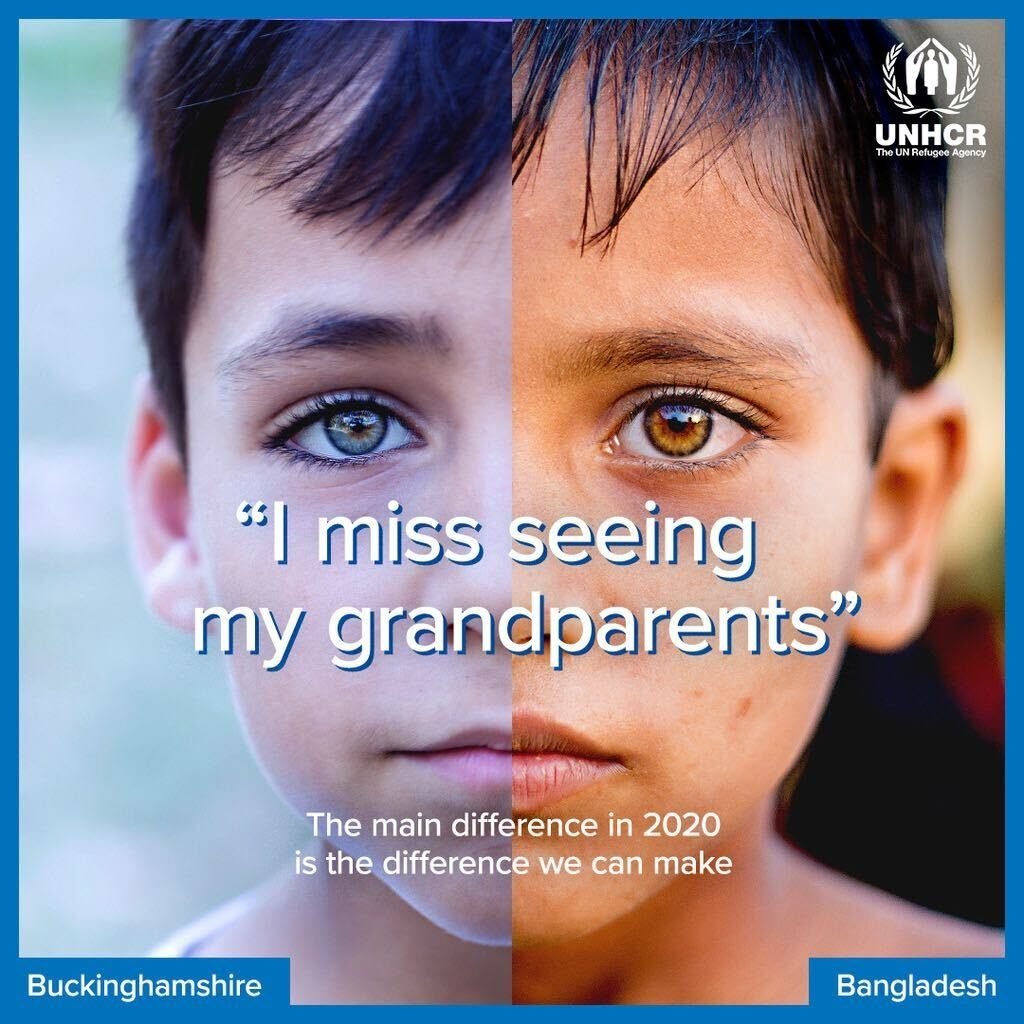Can Fundraising Campaigns be Urgent and Ethical?
In conversations about ‘decolonising’ charity communications, finding the ethical problems is easy. But it’s harder to find solutions that keep supporters motivated to give.
I’m still not sure about framing the move to more inclusive, respectful charity communications as ‘decolonisation’.
But it was refreshing to read this blog by Lizi Zisper from creative agency Blue State about a progressive and creative way forward.
They did some enlightening research that showed – perhaps worryingly – that while most people recognised stereotypical, unrepresentative images (i.e. poverty porn), 67% were still motivated to give having seen them.
So what did Blue State do? They knew they had to change more than the photography – they needed to CHANGE THE WHOLE STORY. Rather than simply remove triggers to make supporters feel pity, they chose to stimulate different, equally compelling emotions, like shared frustration and empathy.
The outcome was their ‘Worlds apart?’ campaign for the UN Refugee Agency, which promoted oneness and shared humanity among refugees and British donors during the coronavirus pandemic.
The visual metaphor couldn’t have been clearer: confronted with a shared problem, we have more in common than what divides us.
And was this motivating for supporters? Absolutely. The campaign raised a lot of money and increased donor numbers.
I love that this campaign was effective. But will a focus on shared humanity always work? Is portraying empathy across borders only motivating in the face of a shared existential threat, like COVID-19? Or, as this extraordinary film from Kyiv-based agency Banda shows, the Russian invasion of Ukraine?
Or perhaps, as Nandita Dogra has suggested, do representations that focus on oneness undermine important messages about difference? Maybe, instead, we should be highlighting the unequal power structures that have caused very contrasting experiences of, say, a woman fleeing political violence in Eritrea and a female charity supporter in the UK.
Or can brand and fundraising teams use such women’s shared experiences as mothers, for example, to leverage what ‘we all’ have in common to inspire giving?
I don’t have the answer. But I do think spending time listening to the voices of people charities support – and how they choose to frame their issues – has to be the best place to start.
By doing this alongside the sort of progressive research and creative work on display here, there may be a promising way forward for charity communications.

